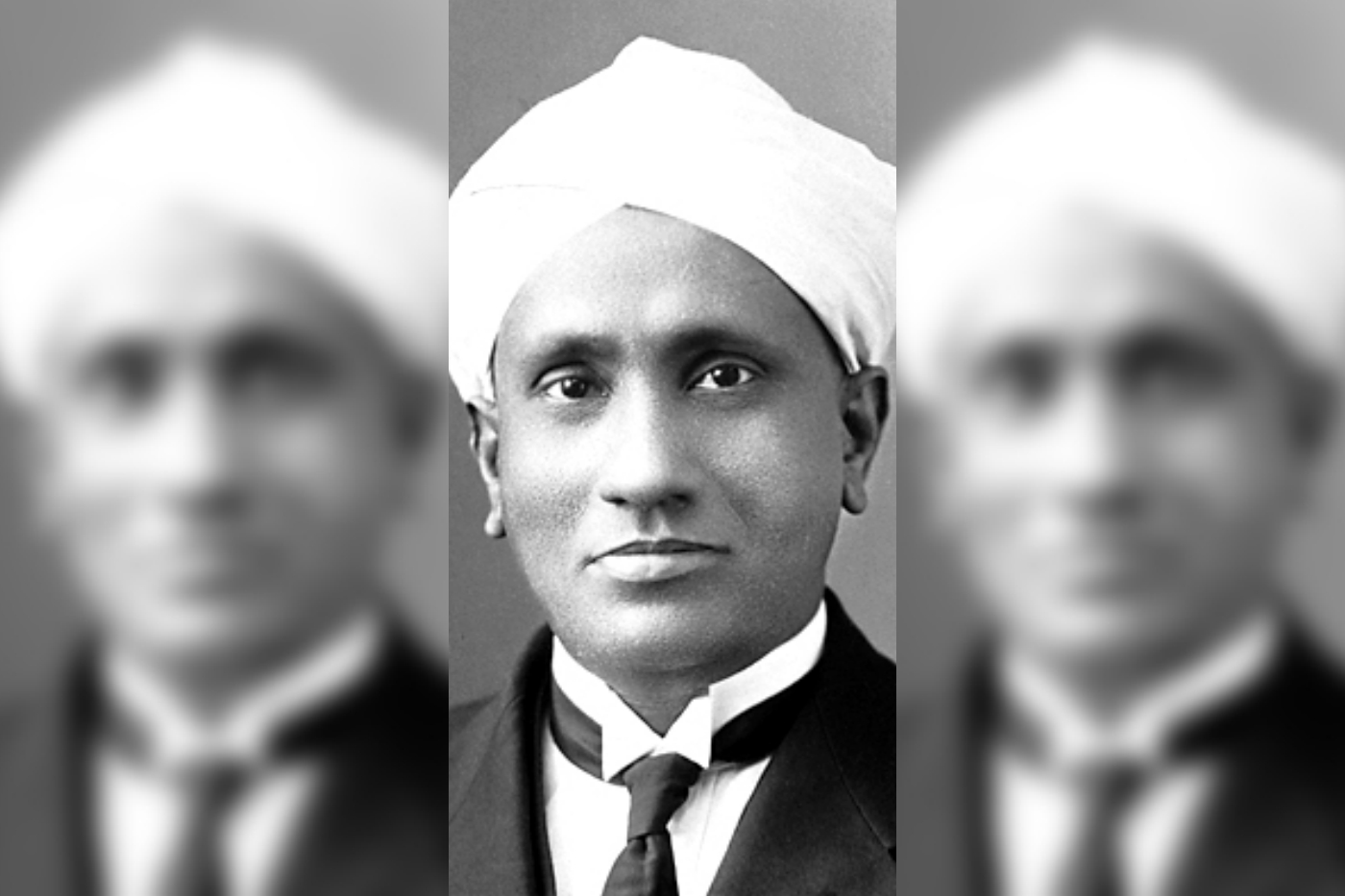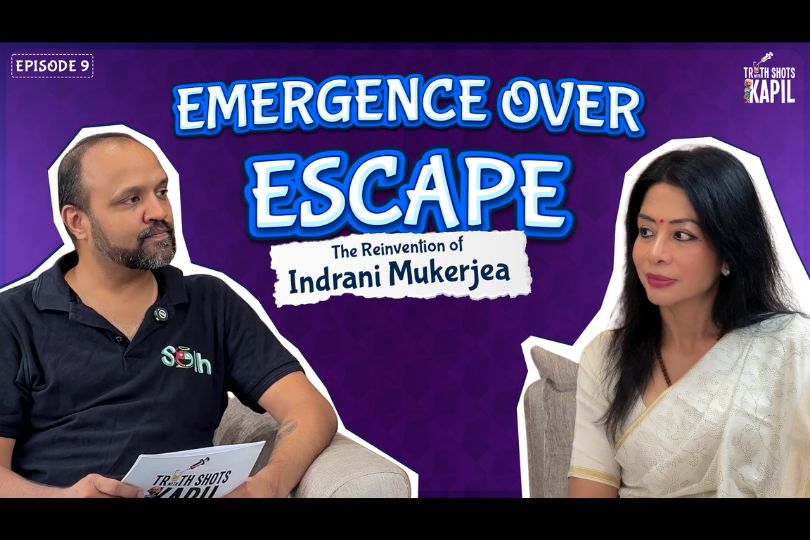Frontlist | The Making of the ‘Raman Effect’ & India’s National Science Day
Frontlist | The Making of the ‘Raman Effect’ & India’s National Science Dayon Mar 01, 2021

February 28 is generally accepted as the date on which Raman made his path-breaking discovery at the Indian Association for the Cultivation of Science (IACS), Kolkata, but historians of science point out that the discovery was not made on that day. “The real significance of the discovery became clear to Raman that day and that’s why he decided to announce it in the press on February 28,” according to Rajinder Singh, a Germany-based historian of science who has published a series of books on the life and work of Raman. “Otherwise, he had already communicated observations regarding ‘a new kind of secondary radiation in transparent media’ to Nature which published the same on March 31, 1928.”
 Singh’s latest three-book series, C.V. Raman and The Press: Science Reporting and Image Building (2020), discusses how Raman harnessed the power of the lay press and scientific journals to publicise his discovery. The series provides an insight into different controversies in Raman’s professional life in Kolkata and then Bangalore, besides his role as a science communicator.
S. Venkateswaran, a chemical assistant in the Government Test House who used to conduct experiments at IACS in his spare time, made a preliminary observation that “visible radiation which is excited in pure dry glycerine by ultraviolet radiation is strongly polarised”. This was in January 1928. Raman found the observations important and asked K.S. Krishnan, who was studying the intensity and polarisation of chemical compounds using the same method, to confirm them.
Krishnan did so and also conducted additional experiments. He found the same effect in other liquids and vapours. In their communication sent to the scientific journal Nature, Raman and Krishnan wrote that the new radiation differs from fluorescence because its intensity was stronger and it was polarised.
Singh’s latest three-book series, C.V. Raman and The Press: Science Reporting and Image Building (2020), discusses how Raman harnessed the power of the lay press and scientific journals to publicise his discovery. The series provides an insight into different controversies in Raman’s professional life in Kolkata and then Bangalore, besides his role as a science communicator.
S. Venkateswaran, a chemical assistant in the Government Test House who used to conduct experiments at IACS in his spare time, made a preliminary observation that “visible radiation which is excited in pure dry glycerine by ultraviolet radiation is strongly polarised”. This was in January 1928. Raman found the observations important and asked K.S. Krishnan, who was studying the intensity and polarisation of chemical compounds using the same method, to confirm them.
Krishnan did so and also conducted additional experiments. He found the same effect in other liquids and vapours. In their communication sent to the scientific journal Nature, Raman and Krishnan wrote that the new radiation differs from fluorescence because its intensity was stronger and it was polarised.
Author
CV Raman
Frontlist Book News
Frontlist India
Frontlist India news
Frontlist News
Google news
Indian authors
Latest news
National Science Day



.jpg)






.jpg)

.jpg)
.jpg)
.jpg)
.jpg)
.jpg)
.jpg)

.jpg)










Sorry! No comment found for this post.